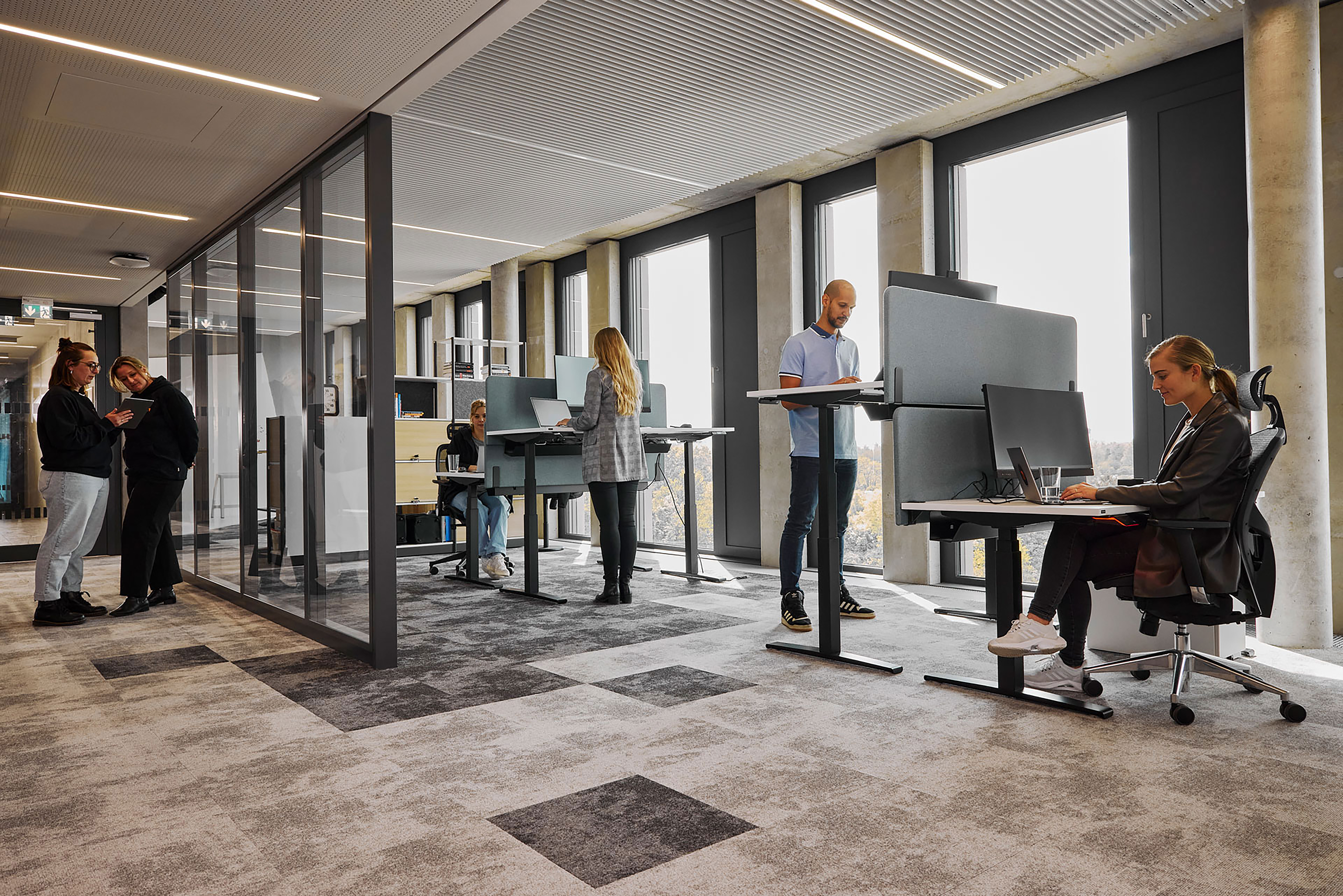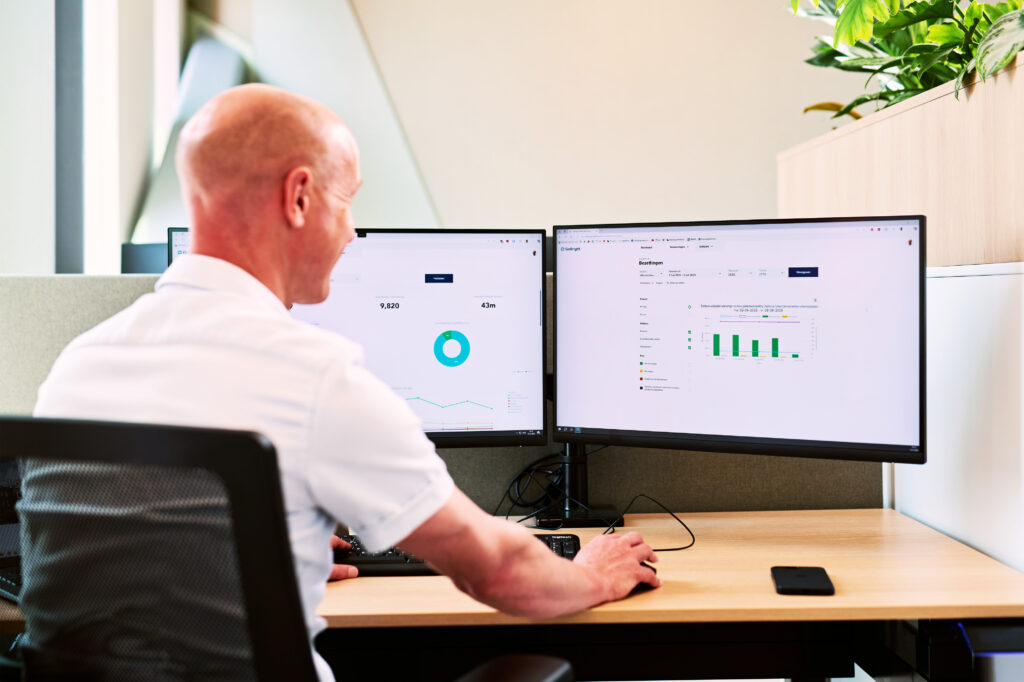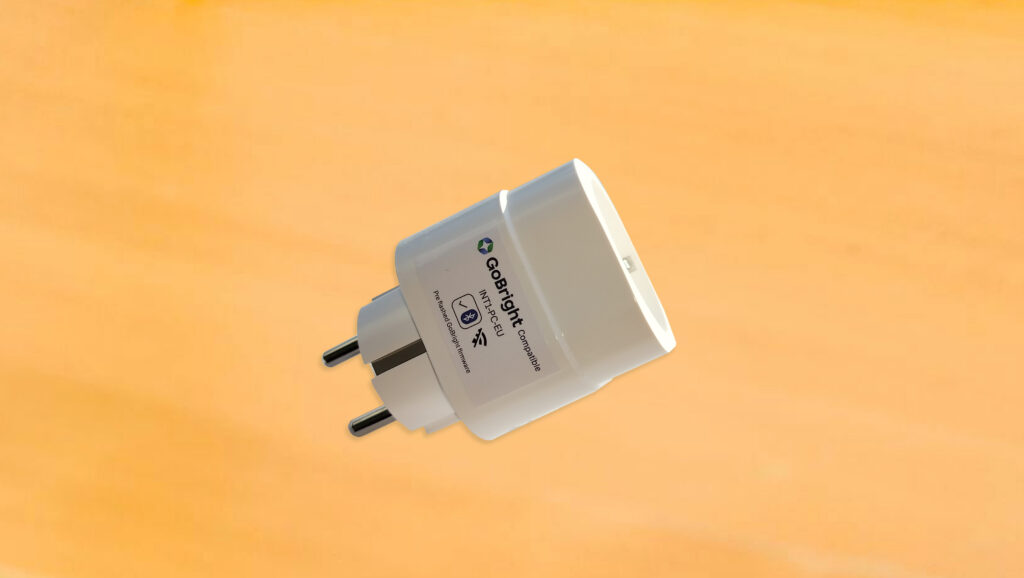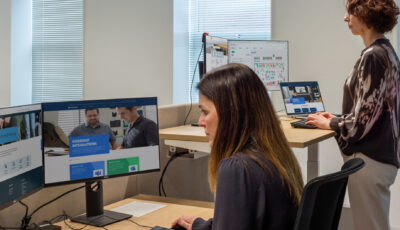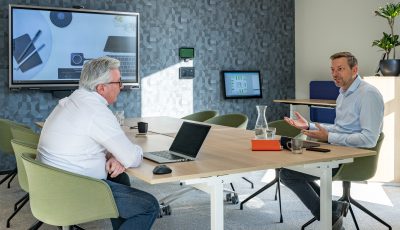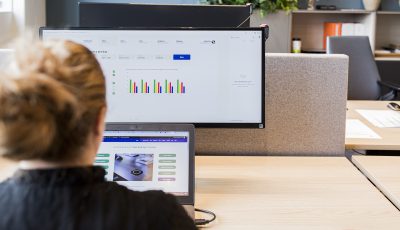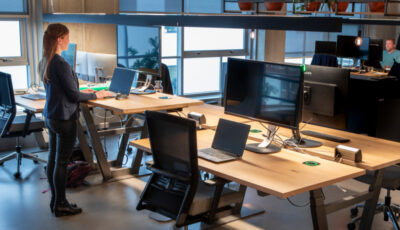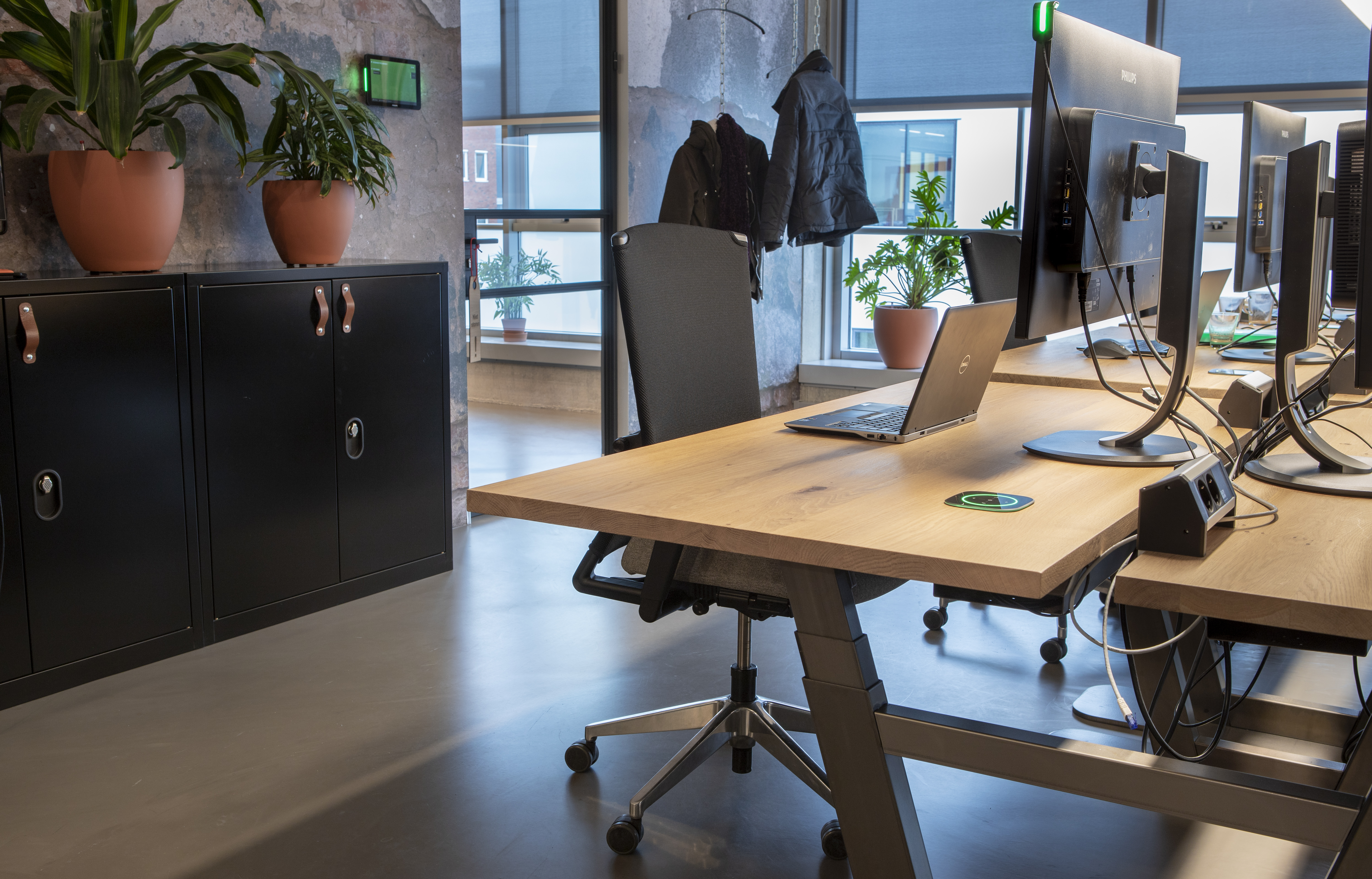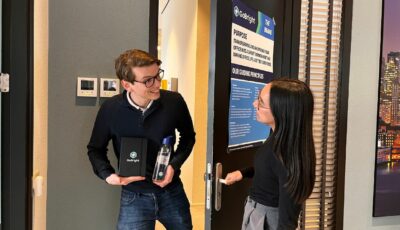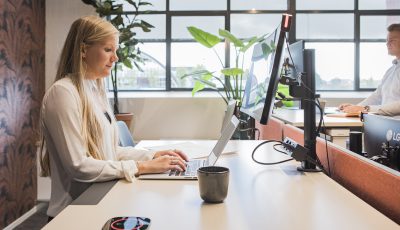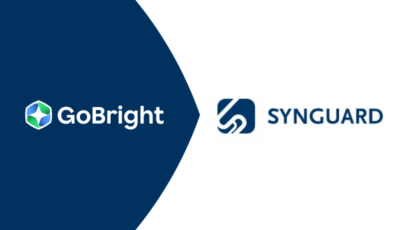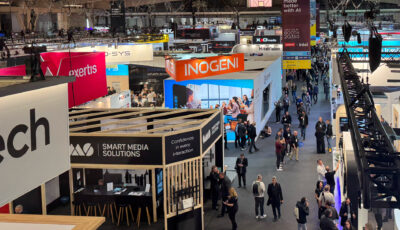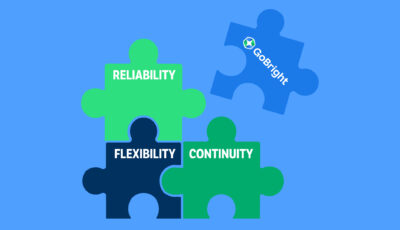How do you turn data into healthier employees, lower costs, and smarter workplaces?
In an exclusive interview with Joost Heessels van KBM, and our CCO Chris Wiegeraad, explains how smart office analytics are reshaping the modern workplace.
From tracking sit-stand desk usage to cutting unnecessary energy consumption and introducing AI-driven personalisation GoBright proves that data is more than numbers. It’s the key to boosting wellbeing, efficiency, and sustainability all at once.
Discover how GoBright helps organisations make the office of tomorrow a reality today.
GoBright offers more data for the smart office workplace
After reading a report on Kantoornet, Chris Wiegeraad our CCO, contacted KBM. The report stated that almost half of office workers have a sit-stand desk, but only 29 per cent regularly use the standing position. Wiegeraad: “We all know that many sit-stand desks are hardly ever used. We are now confirming this with research and interviews. But we are showing that you can measure, analyse and improve this. It’s time to actually do something about it. For the health of employees, for the wallets of employers and for the sustainability of buildings. This is the future of the office. And those who take that step now will reap the benefits in the coming years.” Reason enough for an interview about the optimal use of data relating to the physical workplace.
GoBright is known for its desk booking and room booking products: systems that allow employees to easily reserve a desk or meeting room. But Chris emphasises that their technology has much more potential. For example, you can see how long and by whom a table is being used. With a small piece of additional software, you can also measure how often and for how long a sit-stand desk is used, both standing and sitting. “We have the technology ready, it’s just a matter of applying it as soon as a customer needs it. The user’s privacy remains intact. ‘You don’t need to know who is sitting at the desk. You only measure what position the desk is in and based on that data you decide how to act on the data. If companies want more insight, it can also be linked to check-in and check-out data.’
In any case, the installation base is there, Chris estimates that 75% of the office desks are sit-stand desks.
What do you do with that data?
Collecting such data is only the beginning. What is really interesting is how organisations use these insights. GoBright already offers comprehensive reports that allow companies to have insight in how often workspaces are occupied, which departments cause peak loads and how efficiently spaces are used. ‘On average, we see that the occupancy rate in offices is around 30%,’ says Wiegeraad. ‘This means that many organisations have far too many desks. If you calculate this in terms of rent and square metres, you are quickly talking about potential savings of a million pounds a year for a large organisation.’
But that’s not all. The data makes it possible to consciously manage teams. Chris gives an example: ‘If you see that IT and Finance are both in the office en masse on Tuesdays, you get peak loads. Then you can make agreements: one week one team comes in on Tuesday, the next week the other. That way, you use the space much more intelligently.’
Health policy also benefits from these insights. Employers invest in office chairs and sit-stand desks to reduce absenteeism and enable employees to work more healthily. But if those desks don’t go up and down, that investment yields little return. ‘With our technology, you can not only measure whether desks are being used and discuss this, but also encourage people to actually stand up. For example, by giving the table a little tap when someone has been sitting for too long. Subtle, but effective.’
Continuous innovation
This autumn, GoBright will introduce several innovations that take another step forward in making the workplace smarter. One example is a solution that completely shuts off power at workstations until someone checks in. ‘When you arrive and nothing is working, no monitors, no docking station, you know you have to check in first. Only then will the power turn on.’
This has several advantages. Firstly, it saves energy, which many organisations can use in their sustainability reports. ‘Companies are increasingly required to account for the steps they are taking to save energy. With our solution, they can demonstrate exactly how much power is saved by keeping workstations switched off when they are not in use.’
Data for insights and convenience
It also gives employers more control over usage data. You know exactly who worked where and when, without complicated additional systems. ‘And for the employee, little changes: they already check in via our app or device.’
In addition to energy management, GoBright is working on the use of artificial intelligence. Think of meeting rooms that are automatically converted to another room in the event of a technical defect. Or rooms that adapt to personal preferences. ‘Suppose you always book the same meeting room and set the temperature to 21 degrees every time. Next time, the system will automatically do that for you and you will enter a preheated room. We will be seeing many more applications like this in the near future.’
Collaborating in ecosystems
It is also striking how GoBright focuses on collaboration with other technology companies. For example, they work with bGrid, a player in advanced sensor technology, and with TopDesk on facility management software, so that catering and facility services are seamlessly integrated. Or Utelogy, which monitors UC activities. ‘We don’t want to be an island. Our strength lies in integration. Employees don’t want to book in five different systems; they want to arrange everything in a single environment.’
This autumn, GoBright will be presenting these collaborations at international trade fairs in Denmark, France, the UK, Germany and the Netherlands. ‘We will be demonstrating how smart sensors and workplace management tools reinforce each other. It’s not just about collecting data, but also about being able to take immediate action on it.’
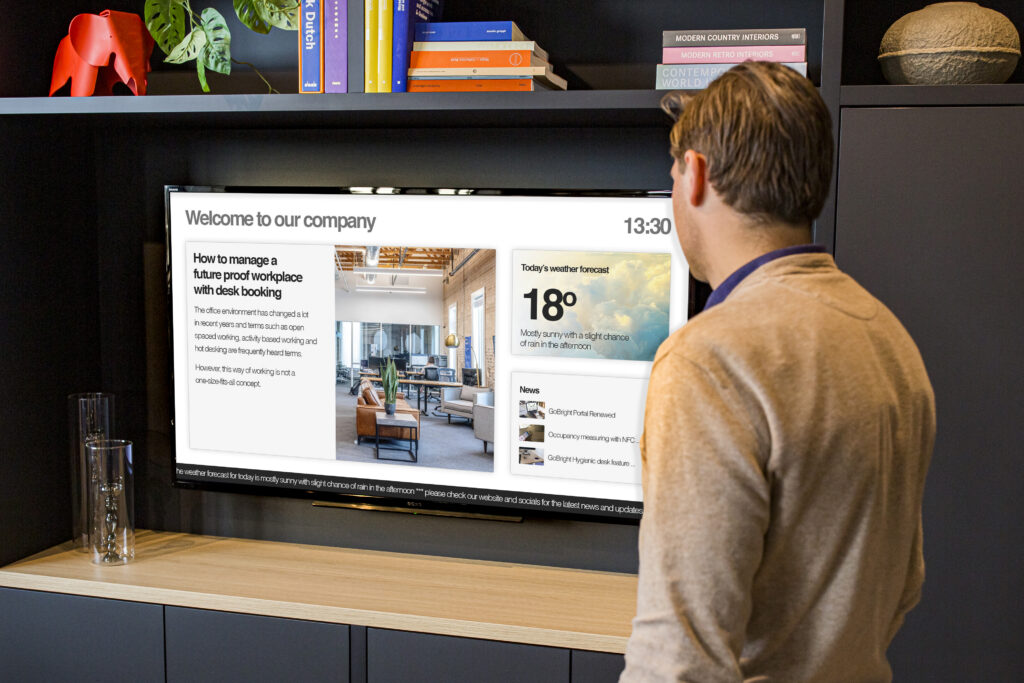
Balance between employer and employee
An important recurring theme in the conversation with Chris is balance. Technology must benefit both the employer and the employee. ‘Give your employees autonomy, but support that with data so that you can correct excesses. Too much control feels like “Big Brother”. Too much freedom without insight leads to misuse. The power lies in transparency and dialogue, based on objective data.’
He also sees a role for cultural change in this. Data provides an objective basis for discussions about productivity, health and collaboration. ‘Previously, HR staff relied on observations, which can sometimes be subjective. Now you can have discussions based on facts. That helps both employers and employees.’
The conversation with Chris Wiegeraad shows how quickly the office is changing. Where workplaces were once static desks, GoBright is transforming them into dynamic, data-driven environments. From measuring sit-stand usage to energy savings and AI-driven personalisation, the possibilities seem endless.
Upcoming trade fairs:
- 6/8-10 EXPO REAL, Munich Germany
- 8/9-10 AV Expo, Danmark
- 15/16-10 AVtech, Biarritz, France
- 5/6-11 Workplace Design, A’dam, Netherlands
